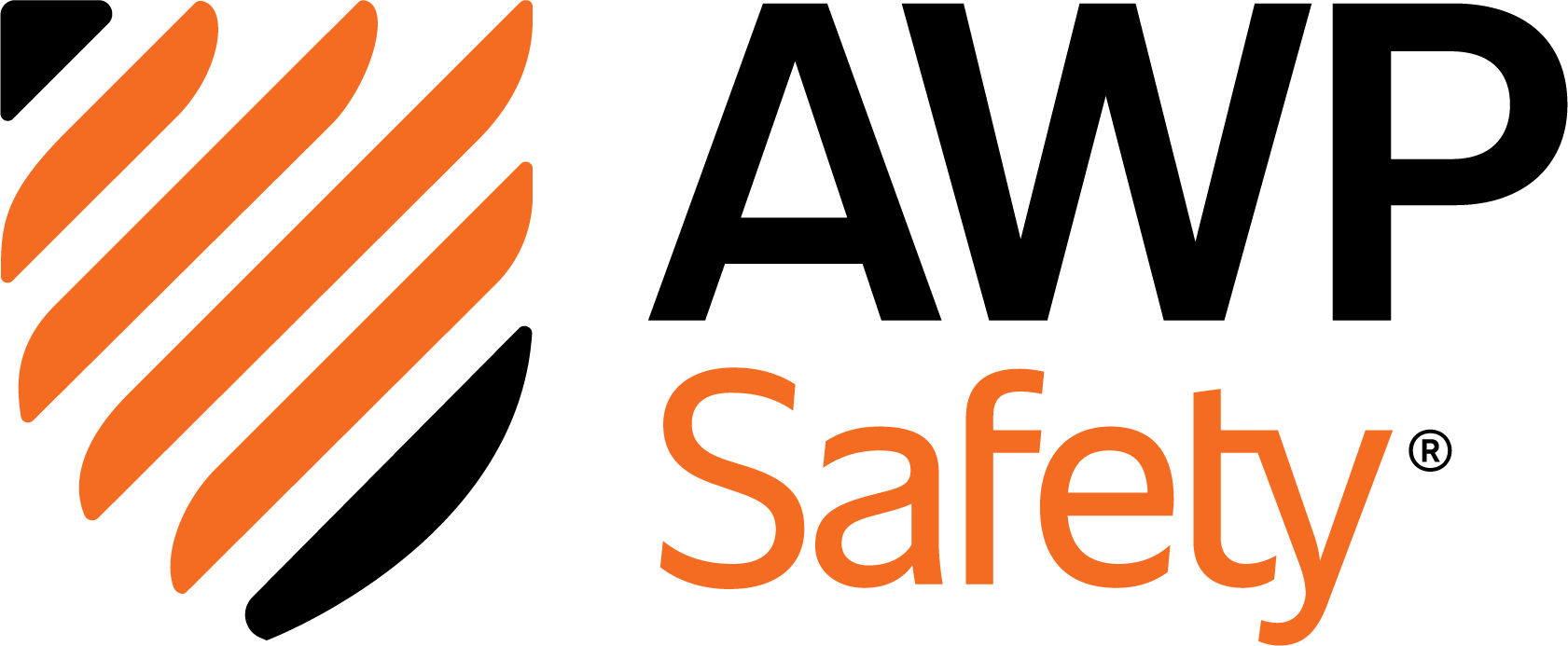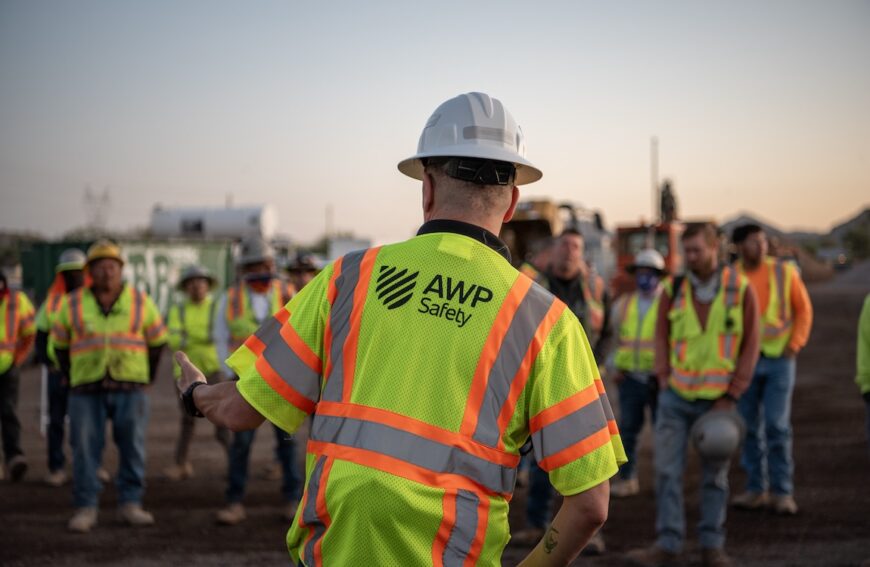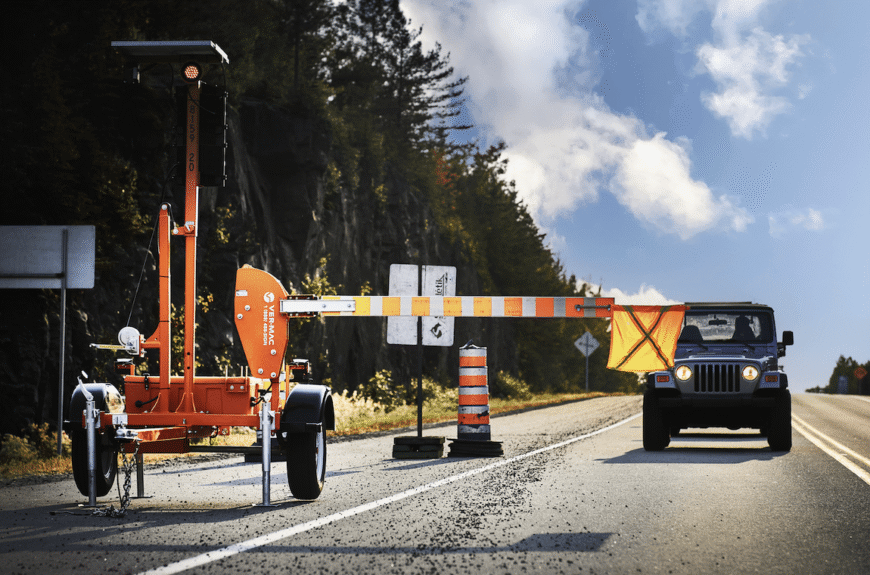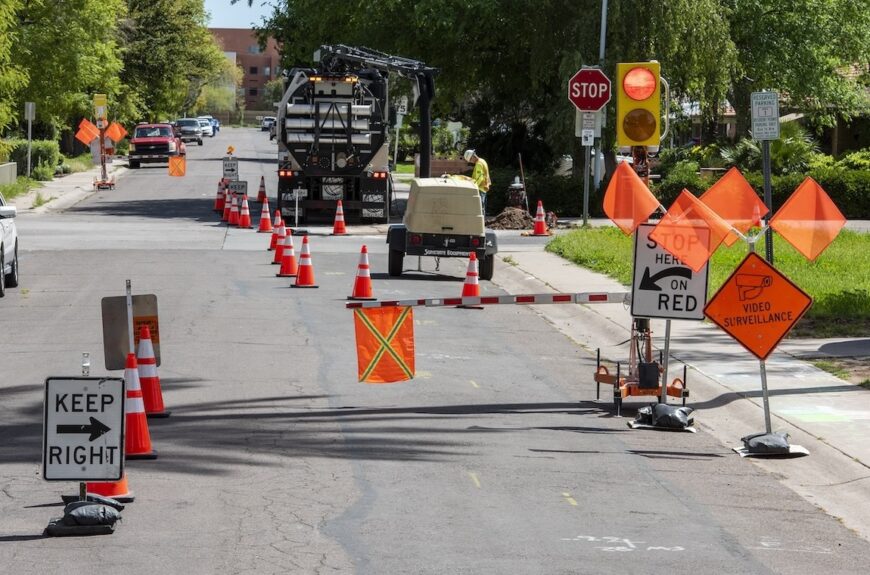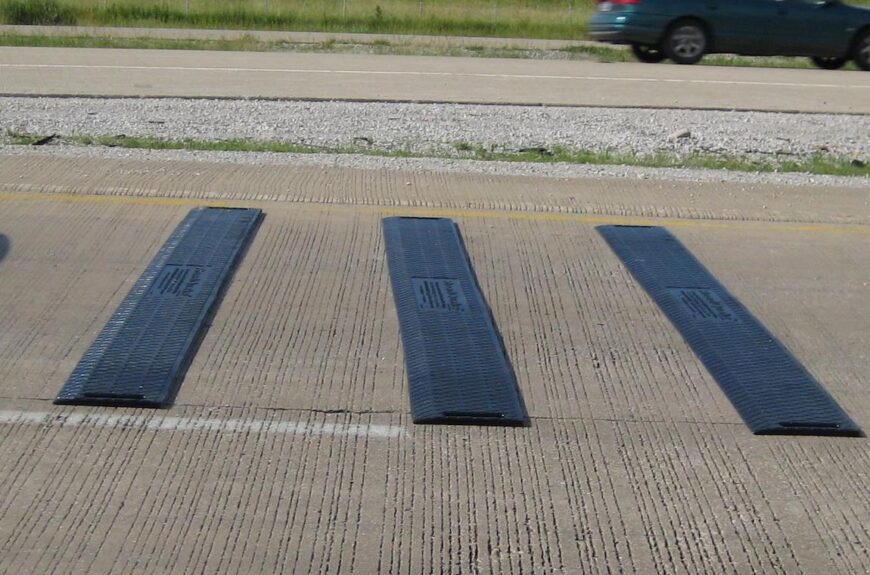
Rumble Strips – Proven Life-Saving Technology
From California to Virginia and in many states in-between, temporary portable rumble strips (TPRS) are being required in work zones. While the majority of laws requiring their use have been on the books less than three years, more state Departments of Transportation (DOTs) are in the process of legislating the use of TPRS in work zones.
The rationale is clear: they reduce accidents and save lives.
Rumble Strips a “Life-Saving Tool”
Over the years, several different types of permanent shoulder and center line rumble strips have been developed. They vary in how and where they are installed, as each is particularly effective for certain roadway conditions. They also vary in the amount of noise they make depending on the type of vehicles crossing them.
There’s no doubt, however, that TPRS consistently help improve safety and reduce risks to drivers, pedestrians, and road crews.
A 2017 publication by the U.S. Department of Transportation Federal Highway Administration (FHWA) noted, “there has been ample research quantifying the safety effectiveness of CLRSs and SRSs on crash frequency and severity.” With exhaustive research supporting rumble strip technology, it’s not surprisingly that the use of TPRS has been widely adopted for work zones – and mandated in many states.
Making Work Zones Safer
Studies from numerous DOTs have shown that using TPRS in work zones significantly improves safety. Results from various state studies have shown that average speeds in work zones drop by 3 to 7 mph.
TPRS also improve driver merge behavior, increasing driver merge distance at lane closures by up to 300 feet compared with signage alone and, in the case of TPRS arrays, up to 400 feet.
TPRS Guidelines for Work Zones
In 2013, the FHWA developed guidelines for the use of TPRS, including when and how to implement TPRS in work zones and configuration of arrays. Those guidelines also address challenges and considerations specific to weather and other work zone conditions.
Every road project and each work zone presents a unique set of variables. We work closely with the ATSSA and many task forces, industry safety committees and contractors’ associations as well as safety vendors to ensure our Protectors and field supervisors have the benefit of all the technology and practical experience we can access and implement for our customers and their crews.
If you have questions about when, where or how to implement TPRS to improve safety in your work zones, contact us.
